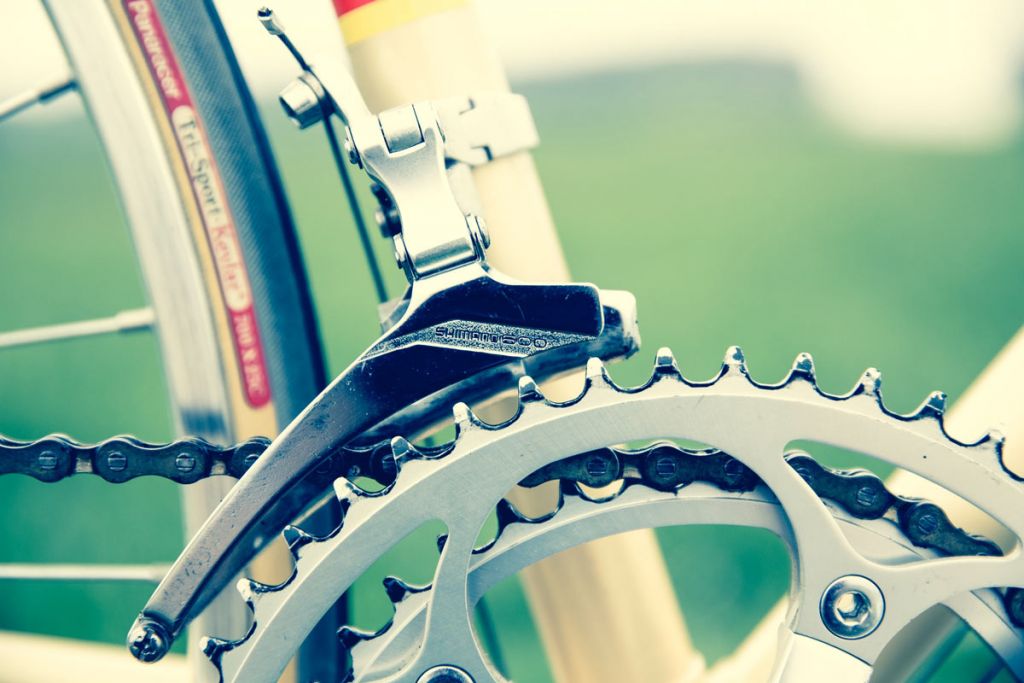Where to start with bike maintenance
It can be tempting to leave all bike maintenance to the experts. Perhaps you’ve decided you’re a rider, not a fixer, but taking the time to learn some simple maintenance jobs yourself has several key benefits: you don’t need to rely on others while out on a ride, you can save money, and you’ll help extend the life of your bike.
You don’t need to learn everything all at once to keep your bike running well – focus on each section of your bike at a time and you’ll soon have a better understanding of how it all works.
Wheels
Tyre pressure – having the right amount of air in your wheels makes a big difference and helps avoid pinch-punctures (where the inner tube gets trapped between tyre and rim when hitting a bump). Look at the sidewalls of your tyres for the correct tyre pressure, and invest in a good pump with a pressure meter to inflate to this level. Check pressures regularly!
Punctures – learning how to take a punctured inner tube out and replace it with a spare is a really important skill to learn, especially if you’re riding solo or long distance.
Rims – if you have rim brakes and not disc brakes, it’s important to keep the braking surface clean to make sure the brake pads work well to stop you.
“Keeping your bike clean is half the battle when it comes to maintenance, as grit and dirt wear the parts quicker. It might seem a lot of effort after a ride, but just like doing the dishes, it’s always easier when the dirt hasn’t had the chance to dry on!”
Helen, Yorkshire
Brakes
Be sure to check the wear of brake pads on rim brakes and hydraulic brakes. They should have wear indicators on them to show when it’s time for new ones – don’t wait until they’re down to the metal!
Setting up brake cables properly ensures that you get the right tension and the levers aren’t too stiff or light when you pull them to slow or stop.
Gears
Gears can be the trickiest part of a bike to maintain – with rubbing and creaking sounds often caused by the gear shifting system. This includes the front derailleur and chainset at the front, and the rear derailleur and cassette at the back.
Cable tension, plus adjustment of the screws on the front and rear derailleur, affect how well the gears run.
ALSO WORTH A READ
Get outdoors, ride your bike and tick off fun challenges to become a super cyclist.
Continue to support small business on the high street through the COVID-19 crisis without having to leave the house with www.freewheel.co.uk.





